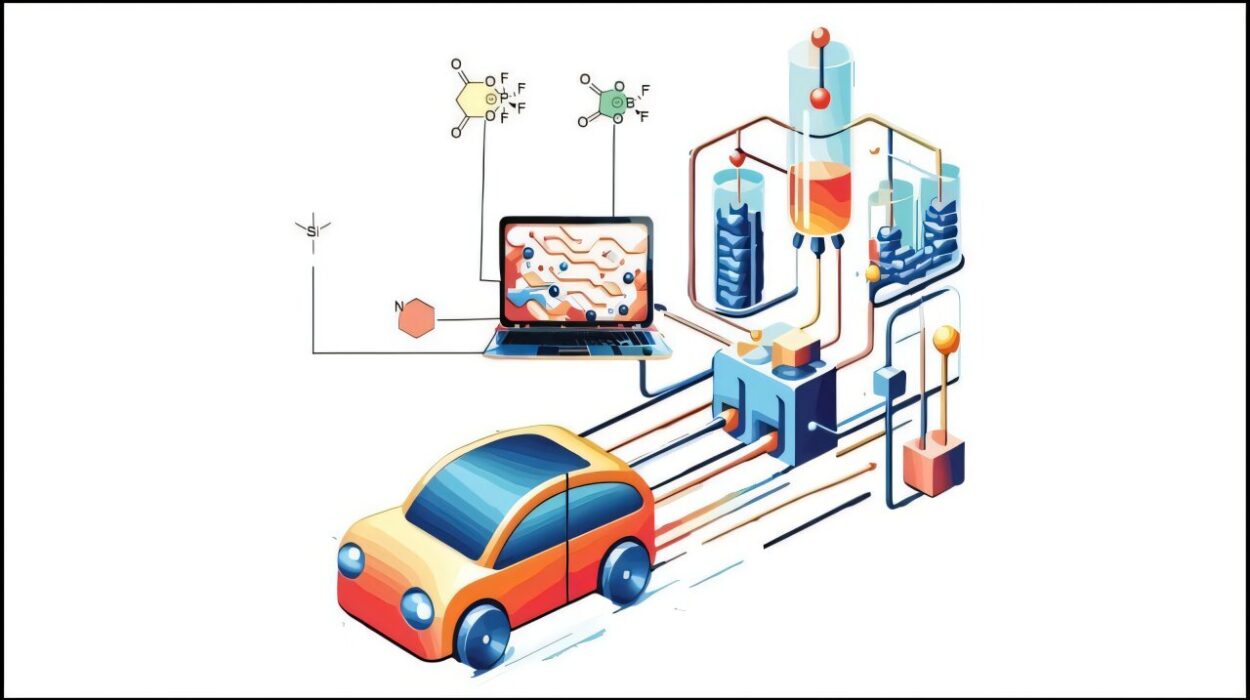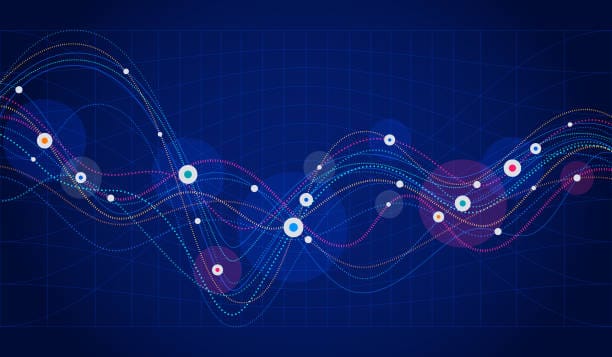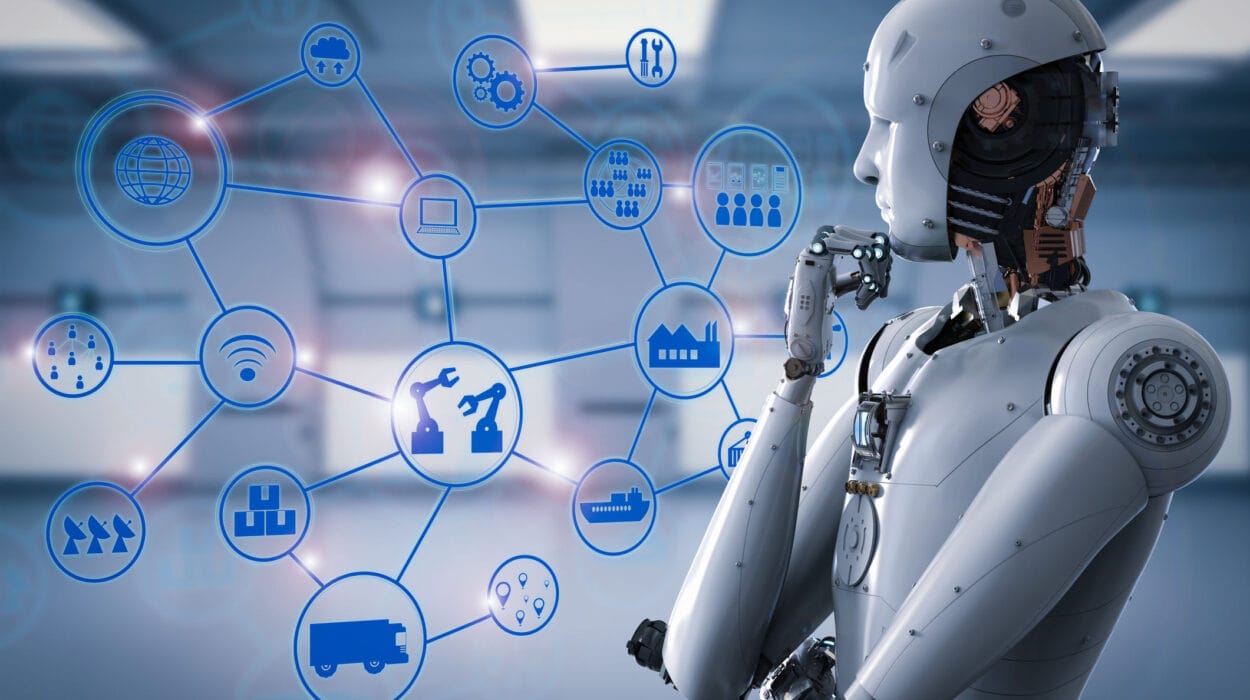In the hushed quiet of dawn, a woman stirs beneath crisp sheets. Her eyes blink open, and before she even reaches for the lamp, a gentle buzz against her wrist tells her she’s slept seven hours and thirteen minutes. Her heart rate dipped beautifully during deep sleep. Her readiness score—a new term in the lexicon of modern life—suggests she’s primed for a good day.
A few miles away, a man out on his morning run feels his smartwatch tap him sharply. His heart rate has spiked beyond safe limits. He slows to a walk, checks his oxygen levels, and watches the number drop back into the green zone. He sighs, grateful. A year ago, he might not have known he had a hidden heart arrhythmia. Now he knows—and he’s alive to tell the tale.
Welcome to the new world of wearables: a universe where technology wraps itself around human flesh, listening, measuring, predicting. A world where health care is no longer something that happens just in sterile hospital rooms but hums quietly on our wrists, rests against our chests, whispers softly from rings, patches, glasses. Where data becomes as intimate as skin.
Once, a watch merely told time. Today, it might save your life.
From Science Fiction to Second Skin
Science fiction long promised a future where devices merged seamlessly with our bodies. Ray Bradbury, in his 1953 novel Fahrenheit 451, envisioned “seashells” in ears—a prophetic nod to our modern earbuds and health trackers. But even those dreamers could scarcely have imagined how profoundly wearables would evolve into tools of personal health.
The first wave of consumer wearables seemed modest enough. In the 1960s, the Japanese company Seiko built digital watches that tracked time, then added calculators and calendars. By the 1980s, runners sported chunky heart rate monitors strapped around their chests, gadgets that beeped furiously if the athlete’s pulse galloped too high.
In the 2000s, a revolution arrived in the slender shape of the Fitbit, slipping like a plastic bracelet onto millions of wrists. Suddenly, counting steps wasn’t just a fitness pursuit—it became a social badge of health. Co-workers competed over daily step counts. Friends boasted of hitting 10,000. But this was only the beginning.
The true transformation came with the melding of sensors, connectivity, and data analytics. Smartphones became command centers for wearable devices, compiling data from the body in real time. Accelerometers, gyroscopes, photoplethysmography sensors—words once reserved for engineers—became part of the health conversation. These sensors measured everything from movement to blood flow to electrical signals in the heart.
The gadgets grew smarter, slimmer, and infinitely more powerful. No longer simply pedometers, they became harbingers of the future of medicine.
The Age of Self-Awareness
There’s a certain magic in the moment people realize their bodies are telling them secrets. A woman discovers her elevated heart rate during sleep may be a sign of thyroid trouble. A man notices his oxygen levels dipping during the night, a clue to potential sleep apnea. A child’s watch sends an alert to parents if their glucose levels fall too low. These aren’t science fiction scenarios—they happen every day, all over the world.
Wearables have become our mirrors. They reflect our choices, our habits, even our hidden risks. They encourage us to walk a little farther, sleep a little longer, breathe a little slower. It’s as if we’ve gained new senses we never knew we lacked.
Doctors speak of the dawn of personalized medicine, and wearables are the scaffolding on which this dream rises. They capture data 24 hours a day, painting a portrait of human health that’s more dynamic and vivid than any single doctor’s visit could ever be. A brief blood pressure reading in a doctor’s office might miss fluctuations that happen throughout a stressful day. But a wearable can track blood pressure trends over weeks, revealing patterns invisible in traditional care.
There’s an emotional truth here, too. Many patients have grown weary of feeling invisible in the health system, reduced to case numbers, diagnoses, and fifteen-minute appointments. Wearables hand people some agency back. They can glimpse their own rhythms and make decisions grounded in data rather than guesswork. The device on your wrist doesn’t judge or hurry you. It simply listens.
From Fitness to Lifesaving Alerts
For some, the wearable revolution started as a game—a step challenge between friends, or a shiny gadget to track runs. Yet for many, these devices have become silent guardians. There’s story after story of lives saved by a small buzz on the wrist or a flashing alert.
In Wisconsin, a man credits his smartwatch for detecting atrial fibrillation. It vibrated on his arm while he sat at his desk, urging him to seek medical attention. Tests revealed a dangerous heart arrhythmia that might have otherwise remained silent until it turned deadly.
A young woman in New York found herself short of breath during a walk. Her wearable flagged elevated heart rate and low oxygen levels. She went to the hospital, where doctors diagnosed a pulmonary embolism—a life-threatening clot in her lungs.
And then there are the countless people who discovered early signs of COVID-19 because their wearable picked up subtle changes in respiration or heart rate variability, even before they felt symptoms.
These are not rare exceptions anymore. As technology improves, wearables increasingly serve as early warning systems, detecting conditions like atrial fibrillation, sleep apnea, and irregular heart rhythms. The devices don’t replace doctors—but they give us a fighting chance.
An Intimate Relationship with Data
There’s something deeply personal about wearing a device that tracks your every step, breath, and heartbeat. It’s both empowering and eerie, this sense that someone—or something—is always watching.
Some people embrace it. They become data detectives, poring over graphs and charts, obsessed with improving sleep scores or VO2 max levels. Others find it overwhelming. Data can become a tyrant, demanding ever more steps, ever more perfect numbers.
Yet even the skeptics concede there’s power in these invisible signals. A slight dip in heart rate variability might hint at stress before the mind recognizes it. Subtle shifts in body temperature can predict the onset of illness. For people managing chronic diseases, wearables offer reassurance—a way to know, in real time, that everything is okay.
A woman recovering from breast cancer checks her heart rate daily to ensure she’s tolerating her medication. A man with Type 1 diabetes monitors his glucose from a discreet patch on his arm, data flowing seamlessly to his phone. These aren’t gadgets anymore. They’re lifelines.
But the intimacy of wearables comes at a cost. Our bodies generate rivers of data—deeply personal information about health, habits, and vulnerabilities. Who owns that data? Who protects it? Who profits from it?
The conversation about privacy looms ever larger. Some companies anonymize user data; others sell insights to third parties. The question of consent is complex. A woman may agree for her data to be used in research but balk at her health information feeding marketing algorithms.
Yet there’s an undeniable seduction to knowing ourselves more completely than ever before. Humanity has always been driven by a desire to measure, quantify, and improve. Wearables feed that primal curiosity.
The New Diagnostics: A Revolution in Medicine
Doctors used to see patients once or twice a year, measuring vital signs during fleeting office visits. Now, with wearable data, they glimpse patients’ lives as continuous narratives rather than isolated snapshots.
Instead of a single blood pressure reading, a doctor might see months of trends, revealing how stress at work or changes in medication affect the numbers. Instead of a one-time EKG, clinicians can review hundreds of hours of heart rhythms, detecting silent arrhythmias.
The implications are revolutionary. Chronic diseases like diabetes, hypertension, and heart failure might be managed more proactively, with interventions tailored to subtle changes in physiology. Hospitalizations could be prevented by catching problems earlier.
Imagine a future where a wearable senses the earliest chemical changes of a heart attack, sending an ambulance before the patient even collapses. Or a patch that tracks sweat chemistry, alerting doctors to dehydration or metabolic imbalances in athletes, soldiers, or elderly patients.
Already, wearable devices are being tested for early detection of neurodegenerative diseases. Researchers believe subtle changes in walking patterns might signal Parkinson’s disease years before tremors appear. Vocal patterns recorded on smart devices could someday hint at early cognitive decline.
Even mental health could be transformed. Wearables can measure sleep quality, heart rate variability, and stress markers, offering insights into anxiety and depression. Someday, therapists might use wearable data to tailor treatments with unprecedented precision.
The line between medicine and technology is blurring. Wearables are not just gadgets—they’re becoming diagnostic tools.
Challenges on the Horizon
For all their promise, wearables are not without flaws. False positives can send anxious users rushing to emergency rooms for benign blips. Battery life, sensor accuracy, and comfort still leave much to be desired in many devices.
Moreover, wearables risk exacerbating health disparities. Wealthier populations, able to afford the latest devices, may reap the benefits of early detection and personalized care. Meanwhile, vulnerable communities might be left behind, lacking both access to devices and the digital literacy to interpret data.
There’s also a psychological cost. The relentless stream of health metrics can trigger anxiety and obsession. People become “worried well,” constantly scanning graphs for signs of disease. Some doctors now warn of “data fatigue,” as patients bombard clinics with massive downloads of wearable data, not all of it clinically meaningful.
And always, the question of privacy lurks. The same data that saves lives could be weaponized in the wrong hands. Health insurance companies, employers, and advertisers all have potential interests in our most intimate metrics.
The technology is dazzling, but it demands careful stewardship.
Wearables and the Pandemic: A Global Experiment
If the wearable revolution had a crucible, it was the COVID-19 pandemic. As the virus swept the globe, scientists wondered whether wearable devices might offer early clues about infection.
Research surged. Studies showed that changes in resting heart rate, respiratory rate, and sleep patterns often preceded the onset of COVID-19 symptoms. Entire communities signed up for projects like the DETECT study at Scripps Research or the COVID-19 Wearables Data Study at Stanford. Data from smartwatches, rings, and fitness trackers became an unexpected weapon in the fight against a global crisis.
These projects hinted at a tantalizing future. Could wearables serve as an early-warning network for infectious disease outbreaks? Could they detect flu, RSV, or even future pandemics days before symptoms appear? The possibility of tracking health at a population level, in real time, sparked both hope and unease.
The pandemic accelerated public acceptance of health tracking. People realized that knowing their body’s subtle signals could mean the difference between spreading a deadly virus or staying home. Wearables, once a niche fitness accessory, became tools of public health.
Yet the pandemic also amplified privacy debates. Who should have access to this flood of health data? How can individual rights be protected even while pursuing collective safety?
The pandemic marked the moment wearables crossed the threshold from novelty to necessity.
The Emotional Tapestry of Being Human
At the heart of this technological revolution is a simple, profound truth: Wearables are not merely about data. They’re about what it means to be human.
We yearn to know ourselves. We want reassurance that our hearts are steady, our lungs are clear, our bodies resilient. We want to live long, healthy lives—and we want to feel in control of our destiny.
Yet wearables also confront us with our mortality. They reveal how fragile our bodies can be, how quickly health can shift. They whisper reminders that we are mortal creatures, bound by biology and time.
Some days, the data comforts us. Other days, it terrifies us. We see our heart skip a beat, our oxygen dip, our sleep fracture into shallow fragments. In those moments, we glimpse our vulnerability—and our strength.
Wearables remind us that the boundary between health and illness is thin. They connect us more deeply with our own flesh and blood. They teach us that we are not merely passengers in our own bodies but pilots, capable of steering our health in small but meaningful ways.
The Future on Our Skin
Where does it all go from here? The trajectory seems breathtaking.
Engineers are crafting flexible electronics that bend like skin, opening the door to smart patches that monitor vital signs without bulk or discomfort. Researchers are exploring sweat-sensing devices that track electrolytes, dehydration, or stress hormones.
Medical tattoos—ultrathin circuits embedded into the skin—promise continuous glucose monitoring without the discomfort of needles. Smart fabrics may someday measure heart rhythms or respiration simply by touching your clothing.
Brain-computer interfaces, once the stuff of cyberpunk novels, are inching toward reality, hinting at futures where wearables don’t just read our bodies—but our thoughts.
Artificial intelligence will amplify everything, transforming raw streams of data into insights tailored to each individual. Wearables will not only detect illness but predict it, nudging us toward interventions before we even feel sick.
The dream is a world where heart attacks become preventable, where strokes are caught in time, where chronic diseases are managed so precisely they fade into the background of life. It’s a future where health care shifts from treating illness to preserving wellness.
Yet this dream will demand ethical wisdom. Technology can only be as good as the human values guiding it.
A Revolution of Hope
In the end, the story of wearables is the story of hope. It’s the belief that we can know ourselves better, live longer, and suffer less. That the same technology which sometimes alienates us from one another can also reconnect us—to our bodies, our communities, and our shared humanity.
When we look at that ring glowing gently on our finger, or that band clasped around our wrist, we’re glimpsing not just circuits and sensors, but possibility. The possibility of catching a disease before it grows deadly. Of sleeping more deeply. Of living with greater awareness and gratitude.
Wearables have become the silent companions of our days, the watchers of our nights. They are the first wave of a health revolution unfolding not in hospitals, but on our very skin.
The future of medicine may be invisible—but it’s already wrapped around our wrists.
And so, in the quiet hours before sunrise, as a woman checks her readiness score, as a man slows his run to calm his heart, humanity steps forward into a new age—a world where the secrets of life pulse gently beneath the glass of a tiny screen.
The frontier of health has arrived. And it’s personal.






